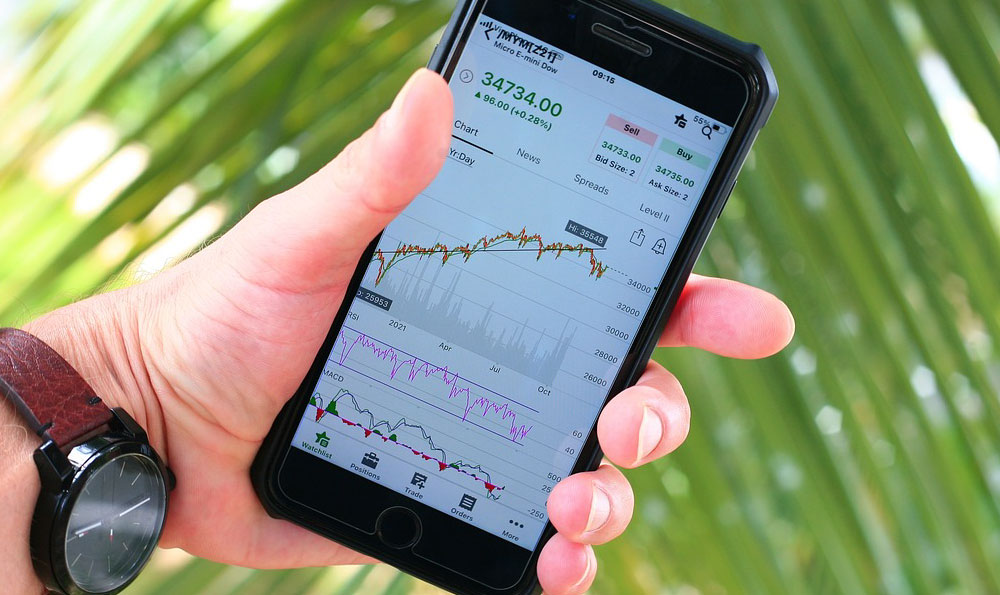How Does Robinhood Profit, and Is It Sustainable?
Robinhood's meteoric rise in the financial technology landscape has been nothing short of revolutionary, democratizing access to stock, options, and cryptocurrency trading for millions. However, behind the sleek interface and commission-free trading lies a complex business model, the sustainability of which warrants careful examination. Understanding how Robinhood generates revenue is crucial for assessing its long-term viability and its potential impact on the broader financial ecosystem.
Robinhood’s primary revenue stream is Payment for Order Flow (PFOF). This practice involves routing customer orders to market makers, such as Citadel Securities and Virtu Financial, instead of directly to exchanges. These market makers execute the orders and pay Robinhood a small fee for the privilege of handling that order flow. The appeal for market makers lies in the aggregation of vast quantities of order data, allowing them to profit from the "bid-ask spread" and through high-frequency trading strategies. They essentially anticipate market movements based on the aggregated information from retail investors' trades. While this arrangement benefits Robinhood by generating substantial revenue without charging explicit commissions, it raises concerns about potential conflicts of interest. The central question is whether the prioritization of revenue through PFOF might lead to suboptimal execution prices for Robinhood's customers.
The controversy surrounding PFOF stems from the inherent incentive for Robinhood to route orders to the market maker offering the highest payment, not necessarily the one providing the best price for the customer. Although Robinhood maintains that it seeks "best execution" – ensuring the most favorable terms for its users – independent analyses have yielded mixed results. Some studies suggest that Robinhood's customers may occasionally receive slightly worse execution prices compared to those trading on platforms that do not engage in PFOF, or that route orders directly to exchanges. This discrepancy, even if minimal on a per-trade basis, can accumulate over time, particularly for active traders. Moreover, the complexity of the system makes it difficult for individual investors to definitively ascertain whether they are consistently receiving optimal execution.

Beyond PFOF, Robinhood also generates revenue through other avenues. One significant source is Robinhood Gold, a premium subscription service that provides users with benefits such as higher instant deposit limits, access to margin trading, and enhanced market data. Margin trading, in particular, can be a lucrative source of income for Robinhood, as it charges interest on borrowed funds. However, it also exposes users to greater risk, as losses can be magnified. The potential for novice investors to leverage themselves excessively through margin trading is a valid concern, underscoring the need for robust risk management tools and educational resources on the platform.
Another growing area of revenue generation for Robinhood is securities lending. Robinhood lends out fully paid securities held in its customer accounts to other financial institutions, such as hedge funds and broker-dealers, and receives a fee in return. While this practice is common in the brokerage industry, it is essential for Robinhood to transparently disclose the risks associated with securities lending to its customers, including the potential for counterparty default and the implications for voting rights.
Assessing the sustainability of Robinhood's business model requires considering several factors. The regulatory landscape surrounding PFOF is in constant flux, with potential reforms that could significantly impact Robinhood's revenue stream. Regulators, concerned about the potential conflicts of interest inherent in PFOF, have been scrutinizing the practice more closely. A complete ban on PFOF, while unlikely, would force Robinhood to explore alternative revenue models, such as charging explicit commissions or increasing fees for other services. This could potentially erode Robinhood's competitive advantage and impact its user base.
The increasing competition in the online brokerage space also poses a challenge to Robinhood's long-term prospects. Established players like Charles Schwab and Fidelity have eliminated commission fees, effectively neutralizing one of Robinhood's key differentiators. New entrants are also emerging, offering innovative features and competitive pricing. To remain competitive, Robinhood must continue to innovate and enhance its platform, investing in technology, customer service, and educational resources.
Furthermore, Robinhood's reputation and brand image are critical to its success. The platform has faced criticism for its perceived gamification of investing, which some argue encourages reckless trading behavior, particularly among younger and inexperienced investors. Outages and service disruptions have also damaged Robinhood's credibility. Maintaining user trust and confidence is crucial for ensuring the long-term sustainability of the platform. This requires a commitment to transparency, robust cybersecurity, and reliable customer service.
Finally, the overall health of the financial markets plays a significant role in Robinhood's profitability. During periods of market volatility or downturns, trading activity tends to decline, which can negatively impact Robinhood's revenue from PFOF and other sources. A diversified revenue stream and a focus on long-term sustainability are essential for weathering market fluctuations.
In conclusion, while Robinhood has disrupted the brokerage industry and democratized access to investing, its business model, heavily reliant on PFOF, faces both regulatory and competitive challenges. The sustainability of Robinhood's model hinges on its ability to navigate these challenges, maintain user trust, and continue innovating in a rapidly evolving financial landscape. Transparency, robust risk management, and a diversified revenue stream are essential for ensuring Robinhood's long-term success. Investors and regulators alike must remain vigilant in monitoring Robinhood's practices and ensuring that the interests of retail investors are adequately protected.















